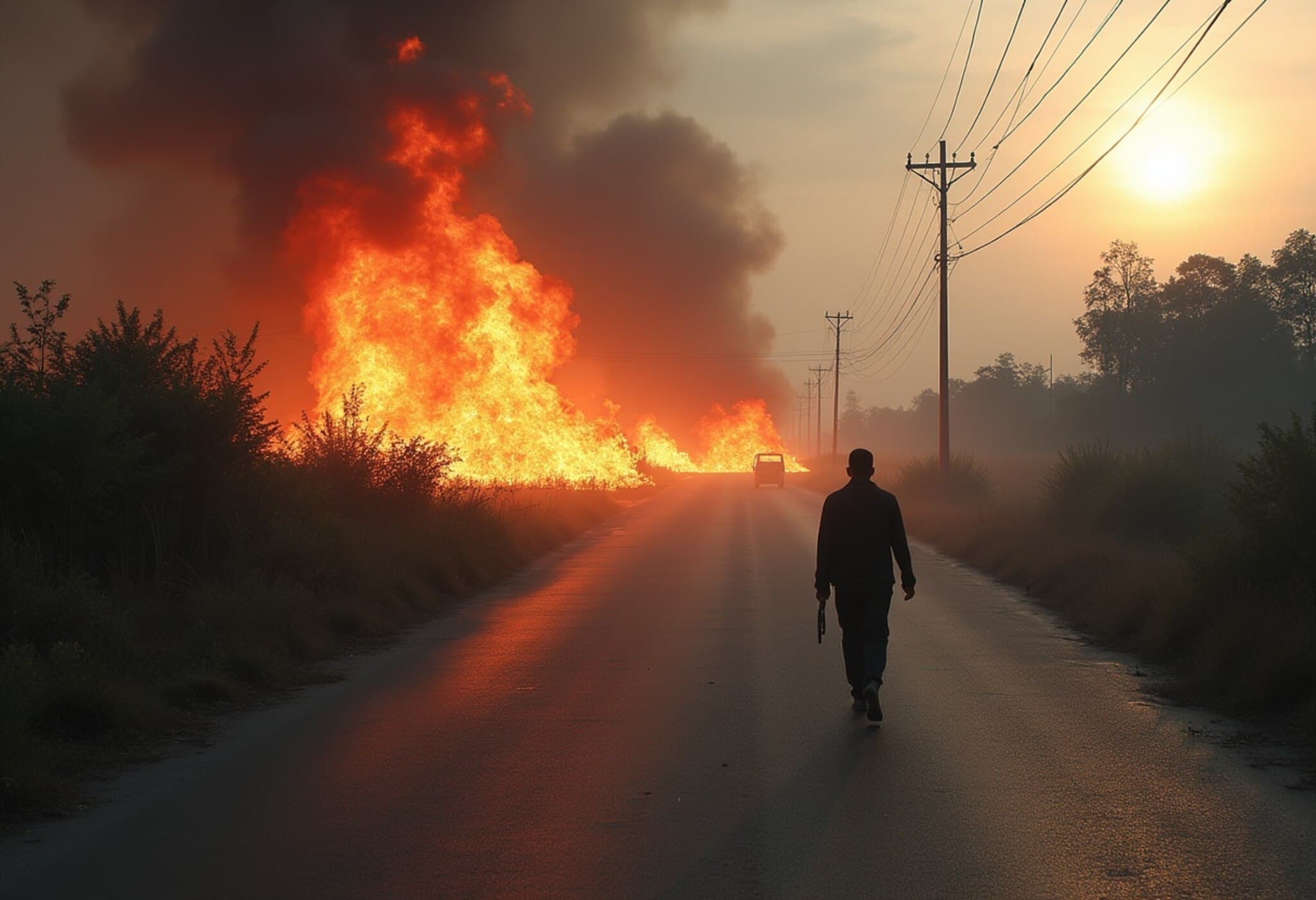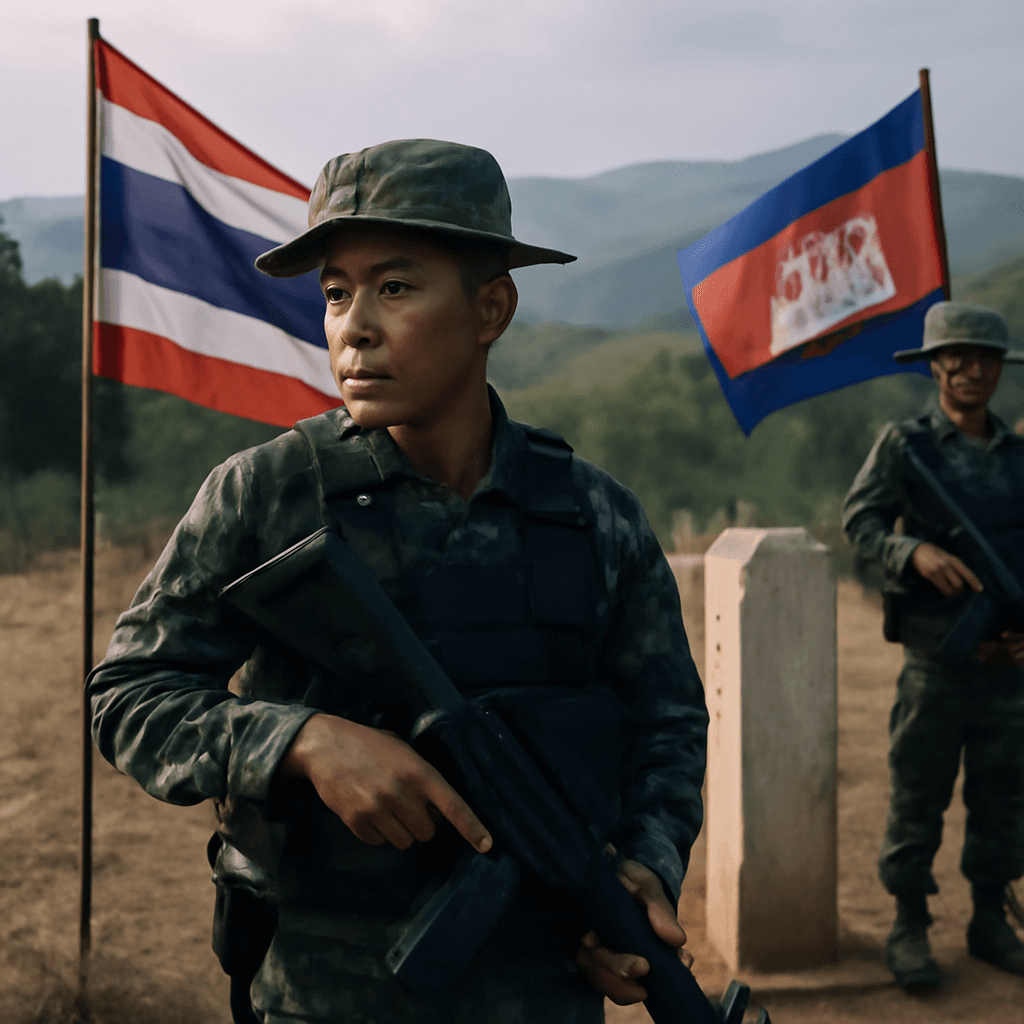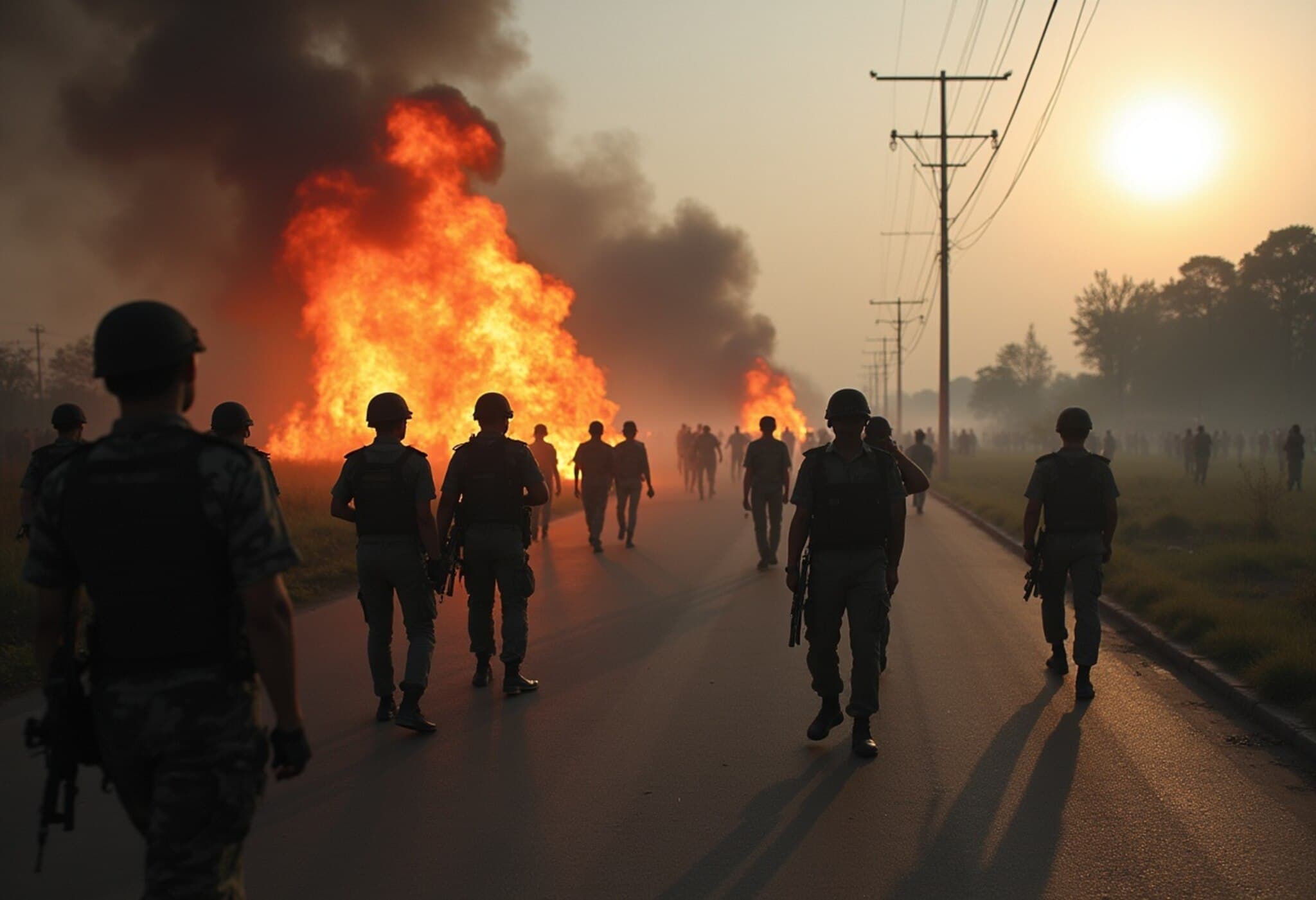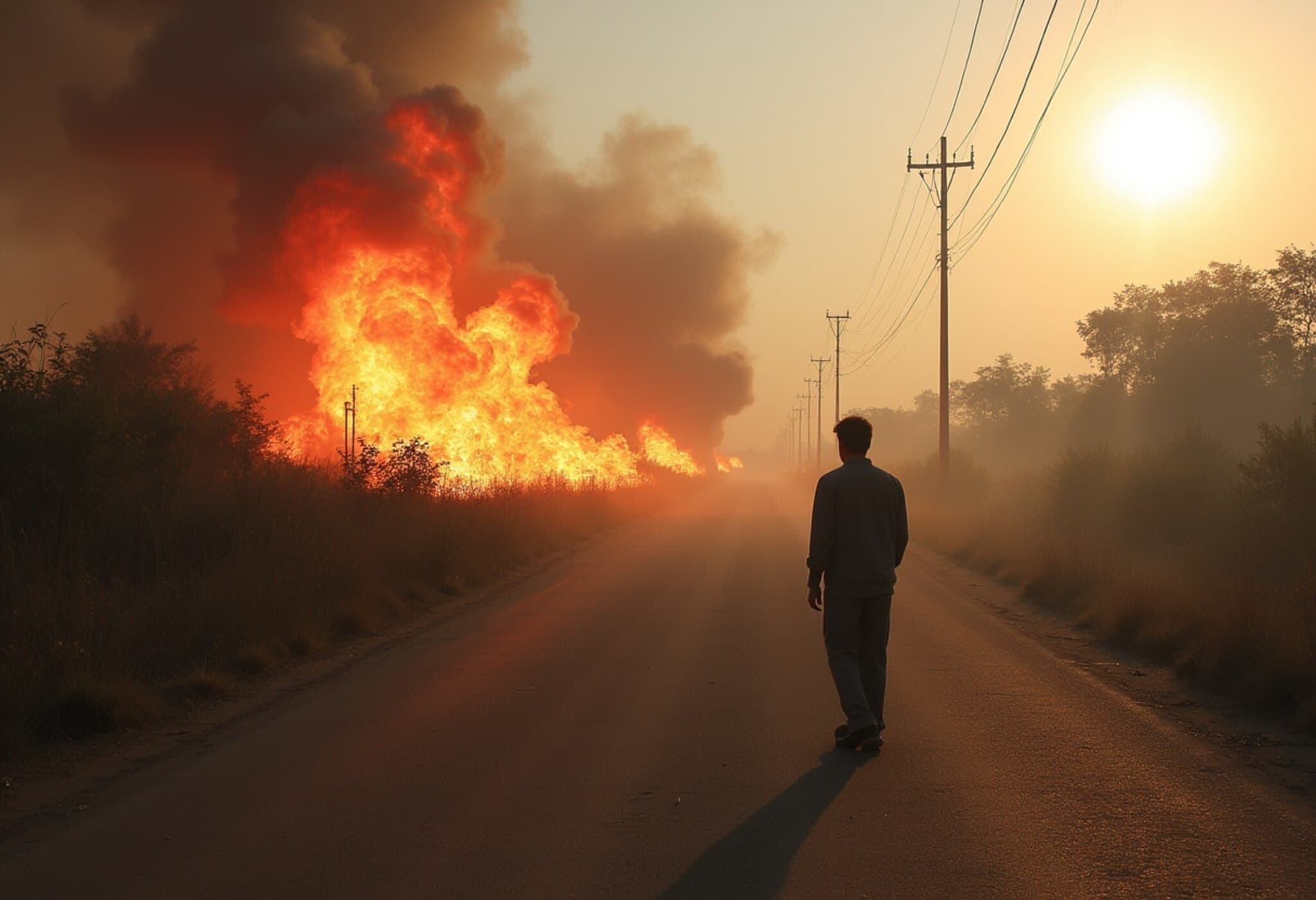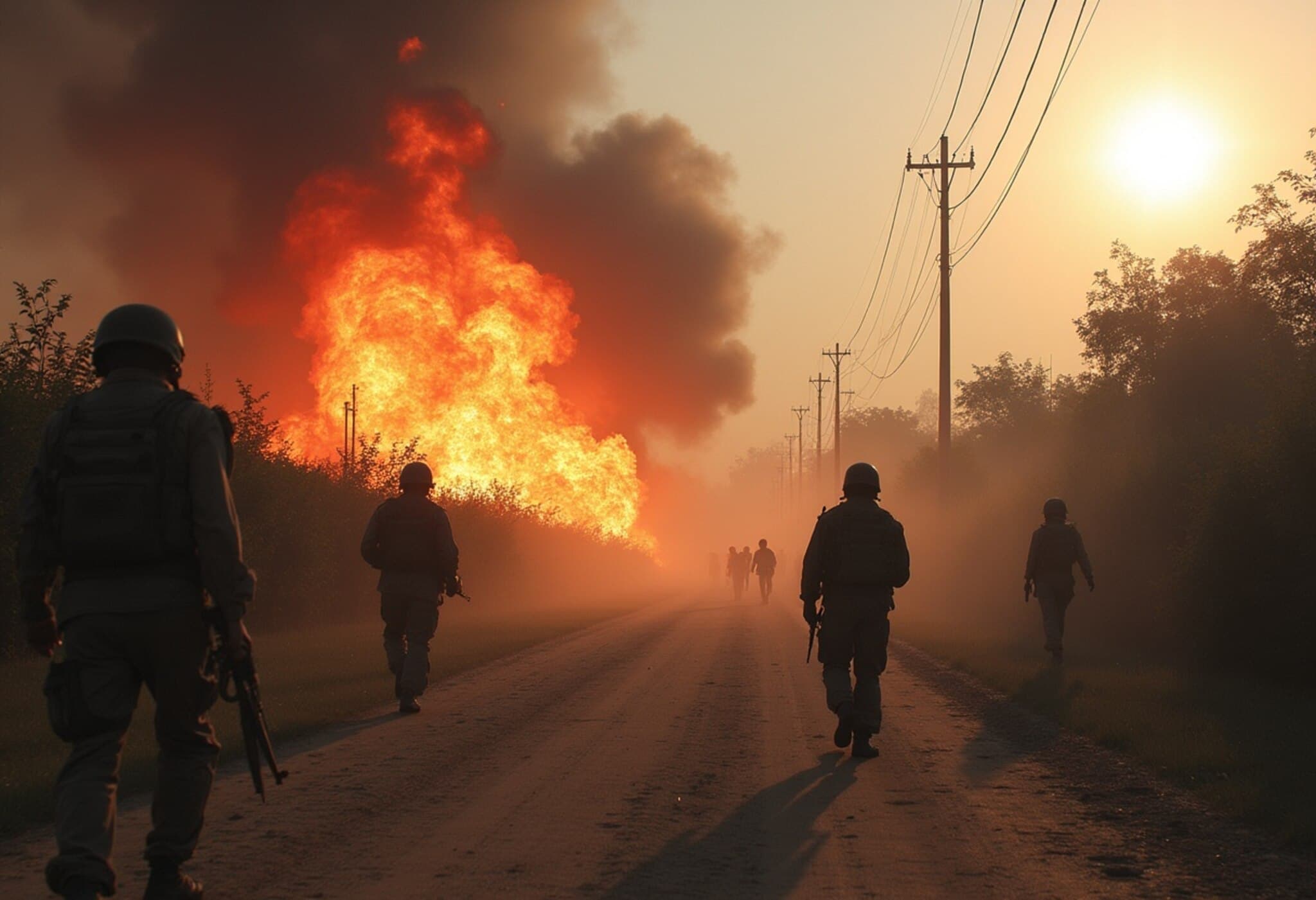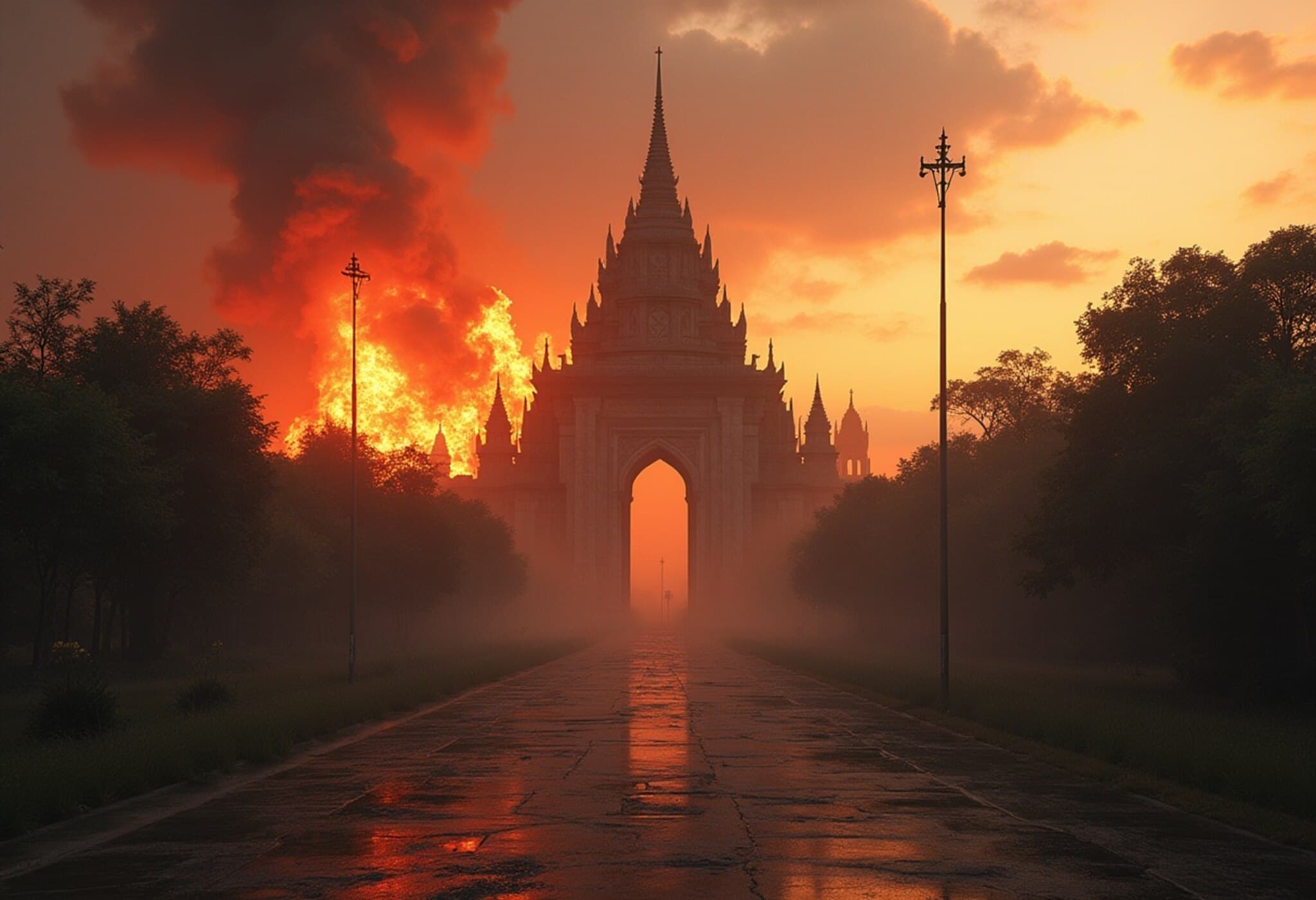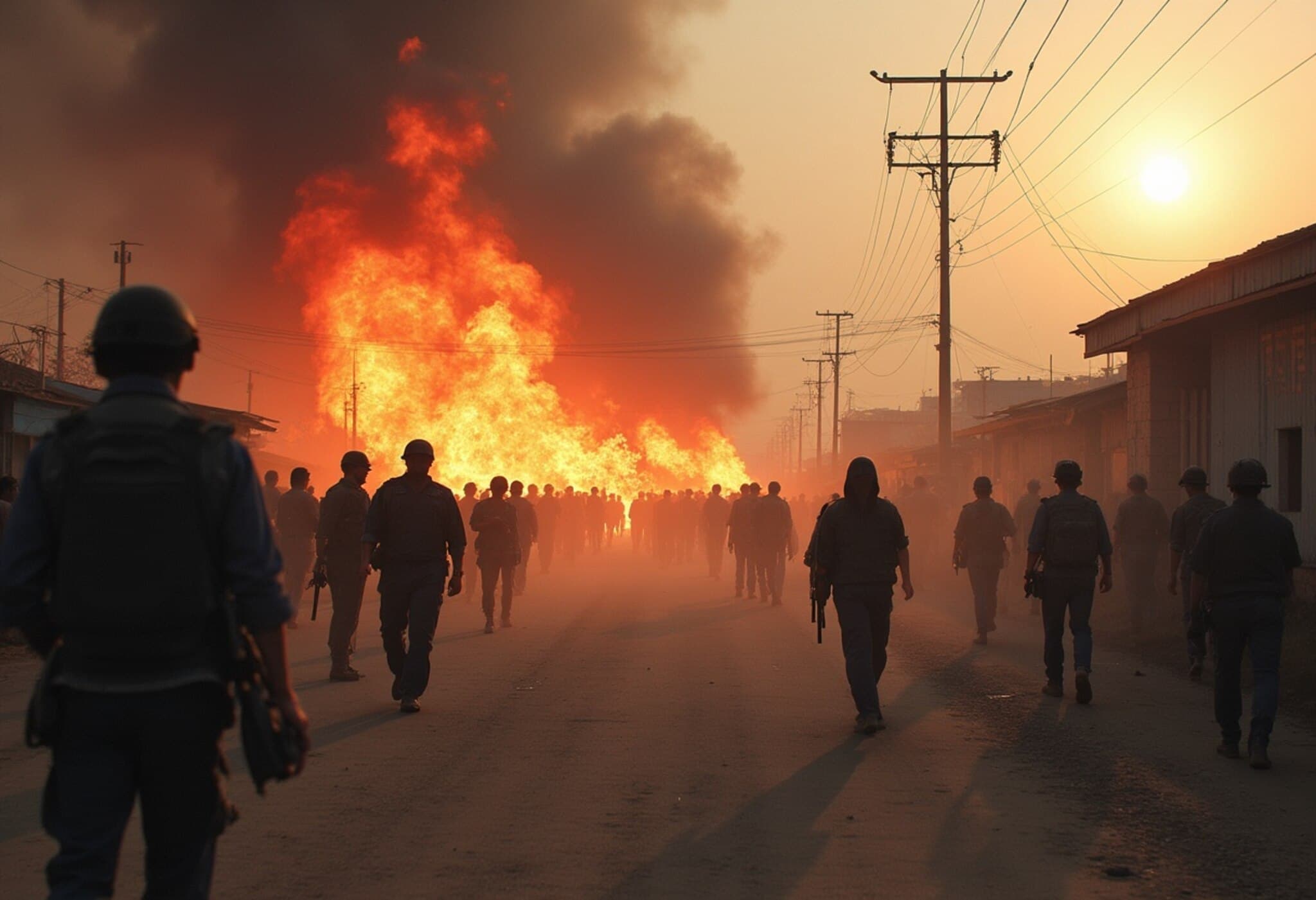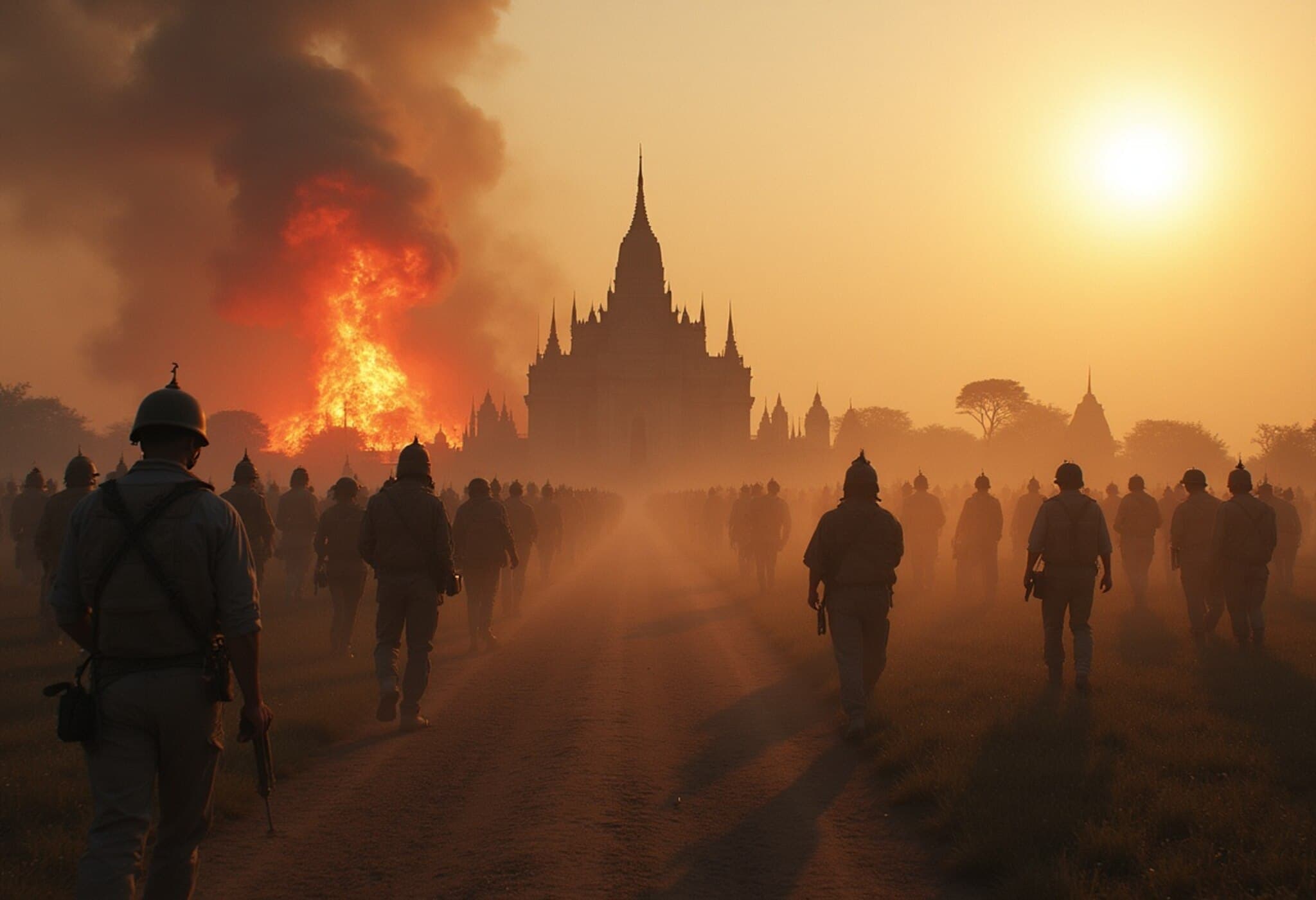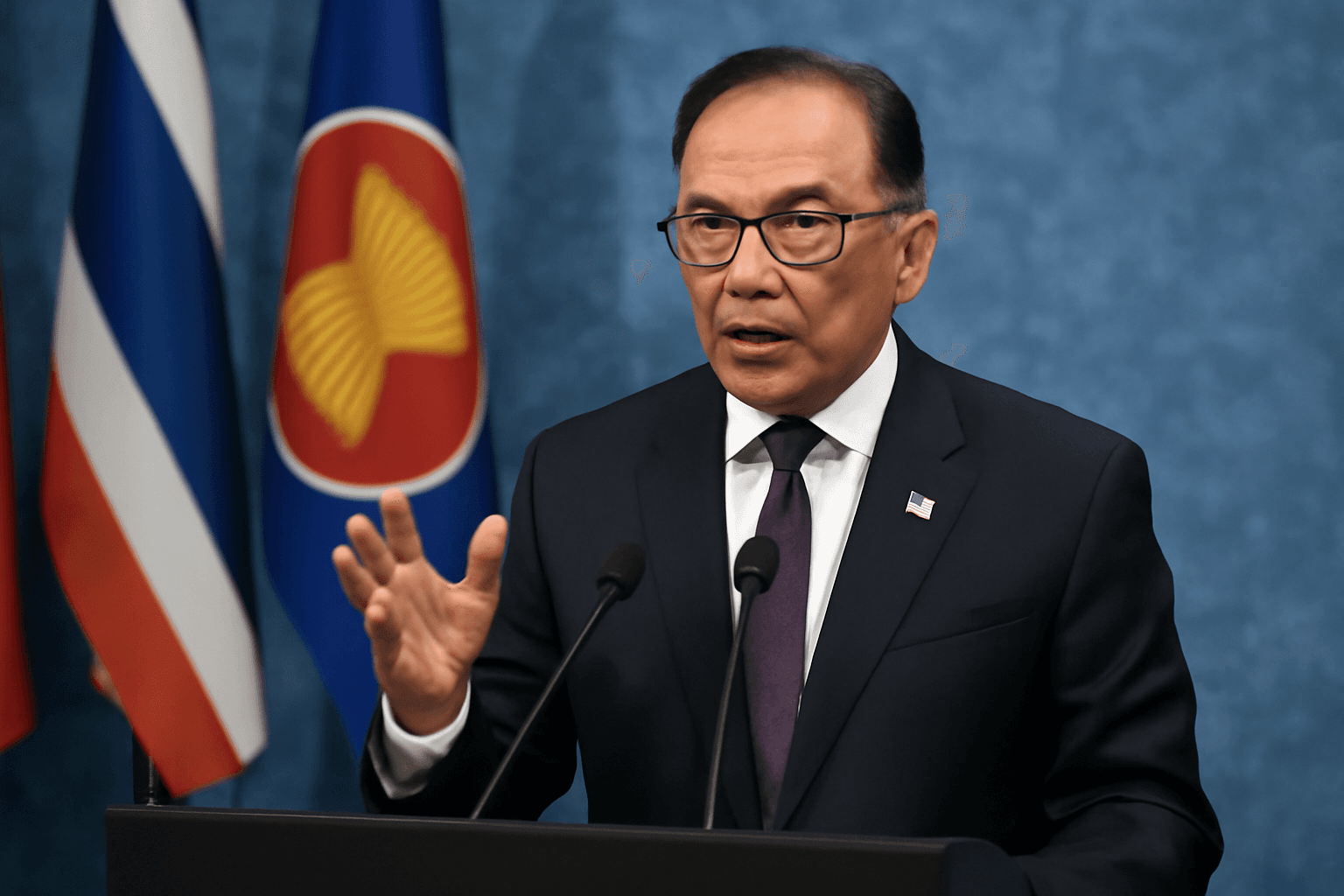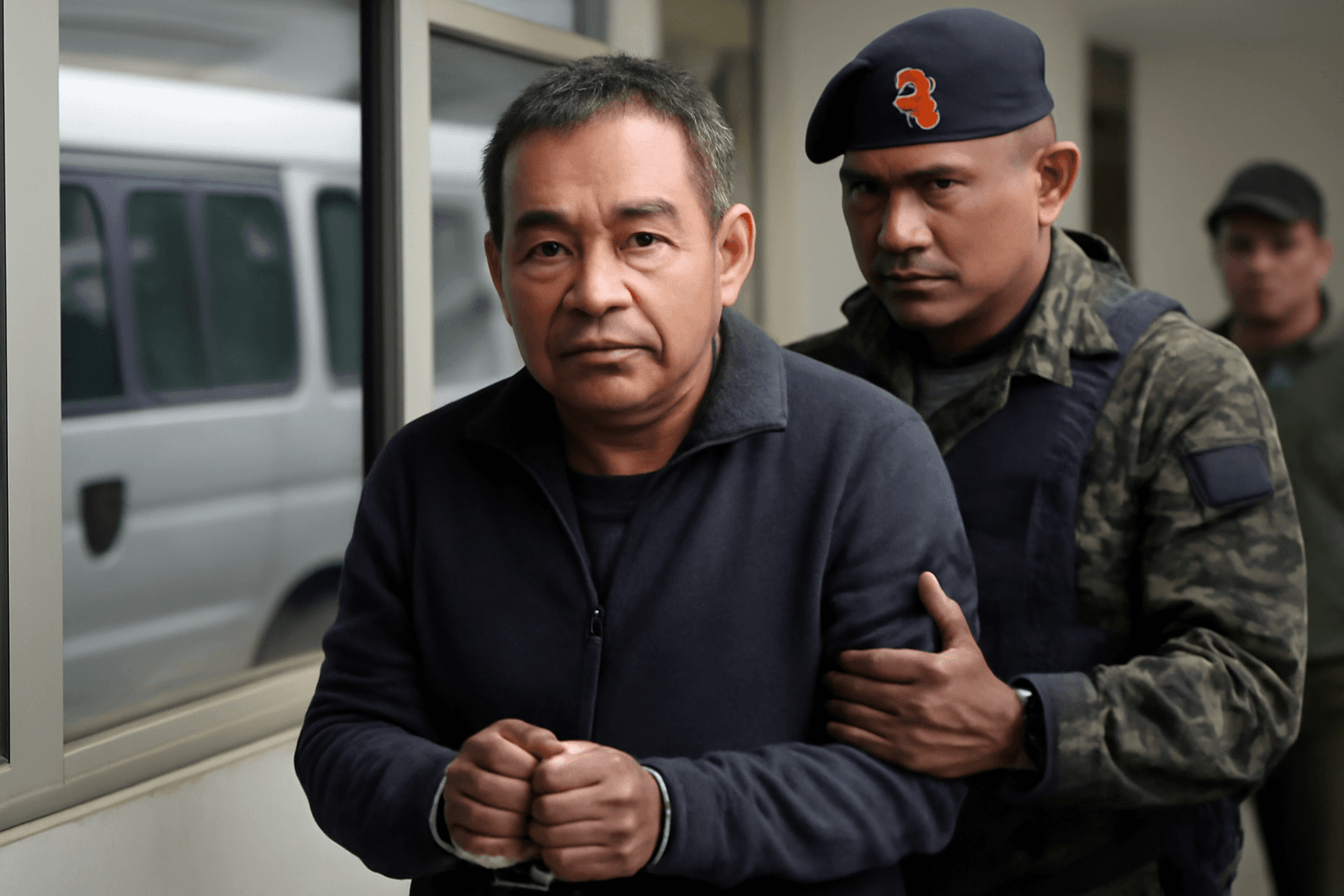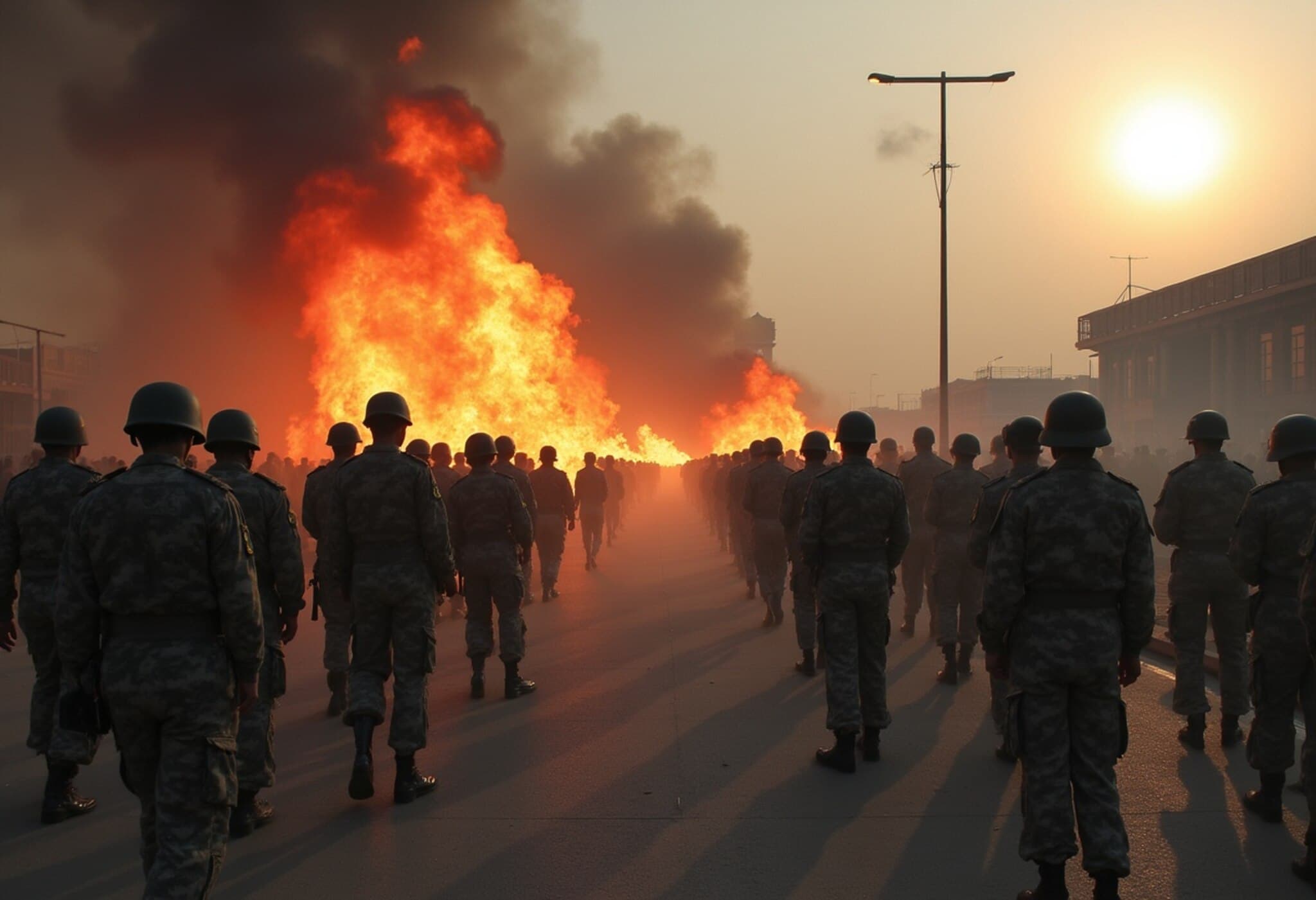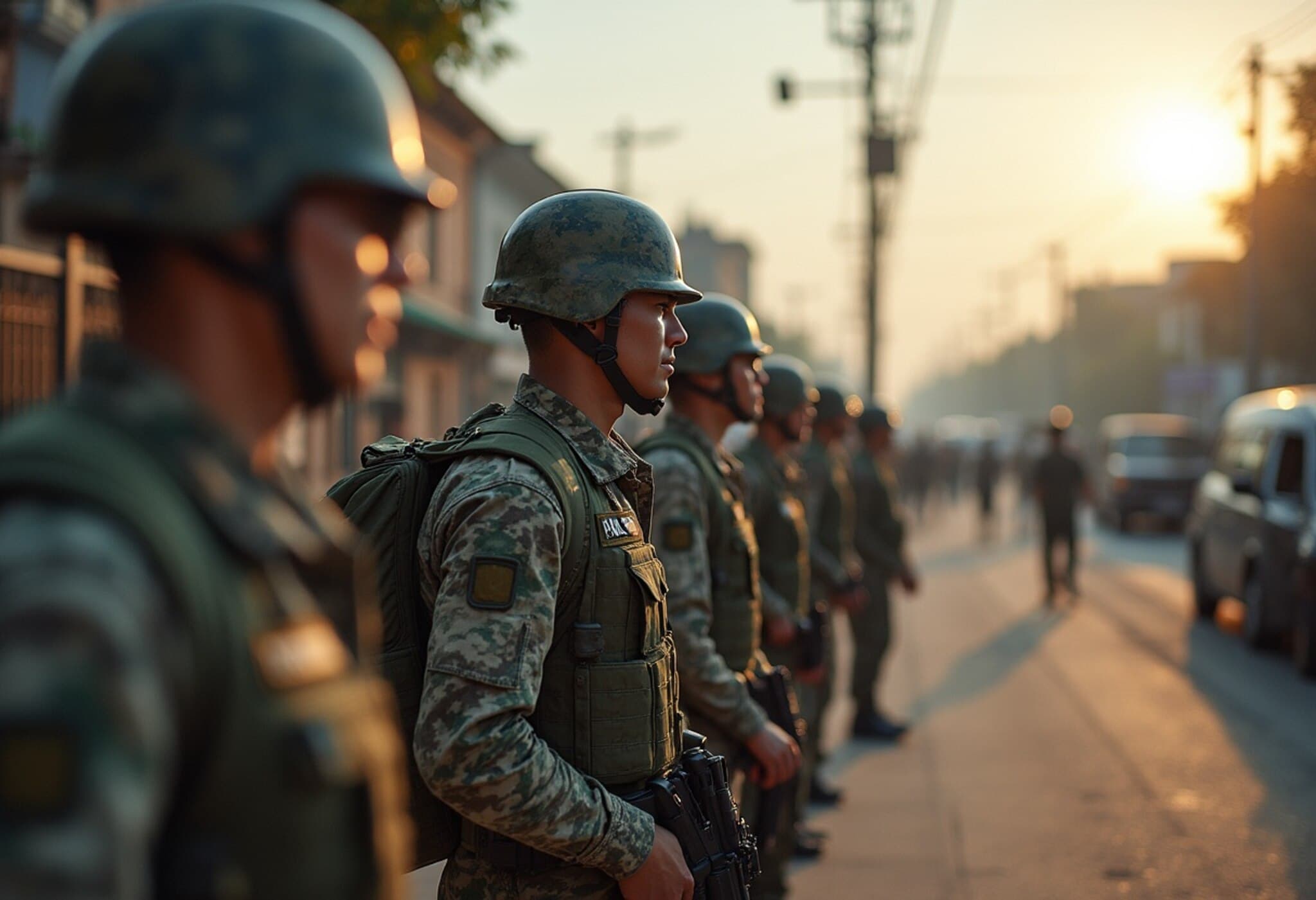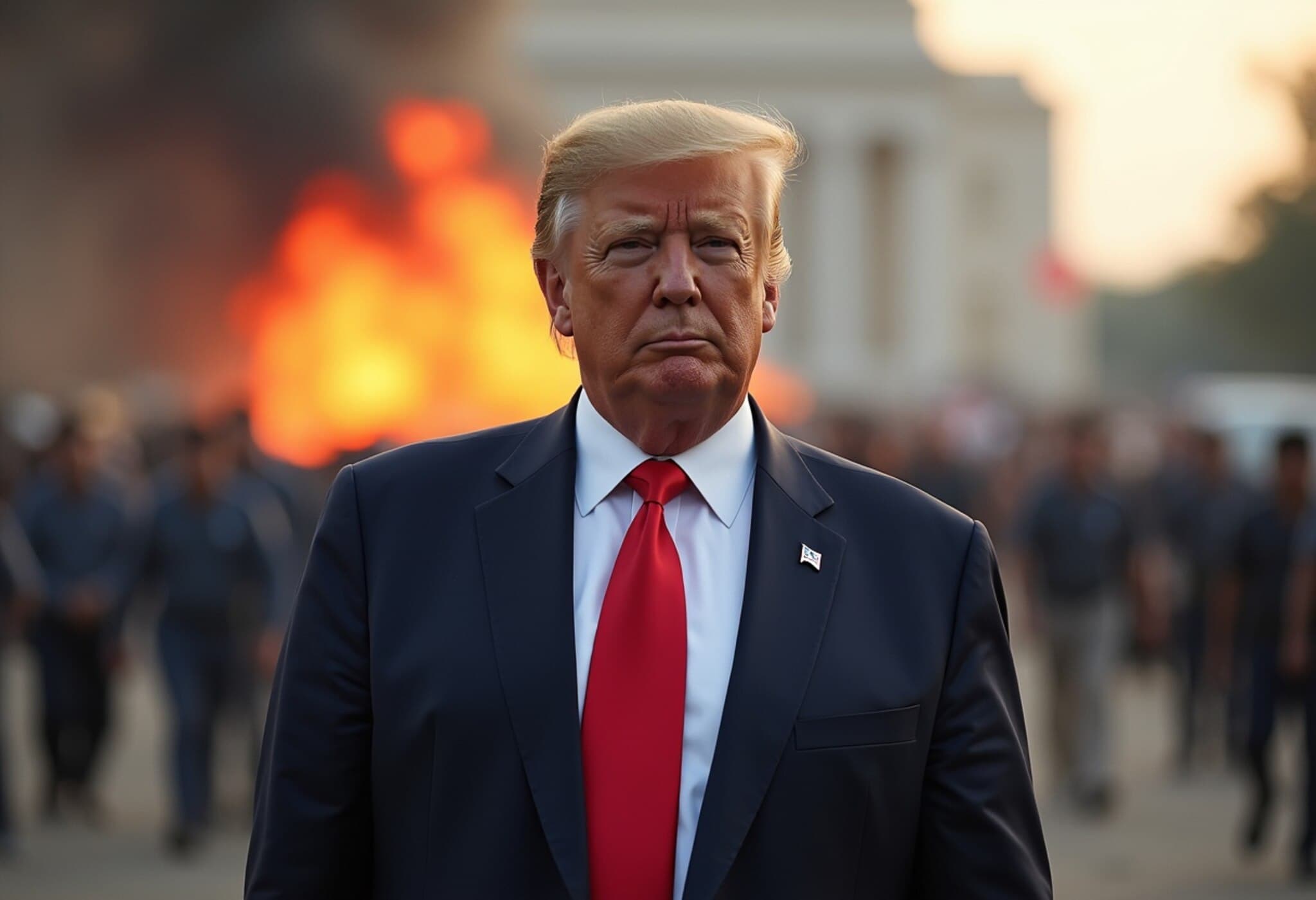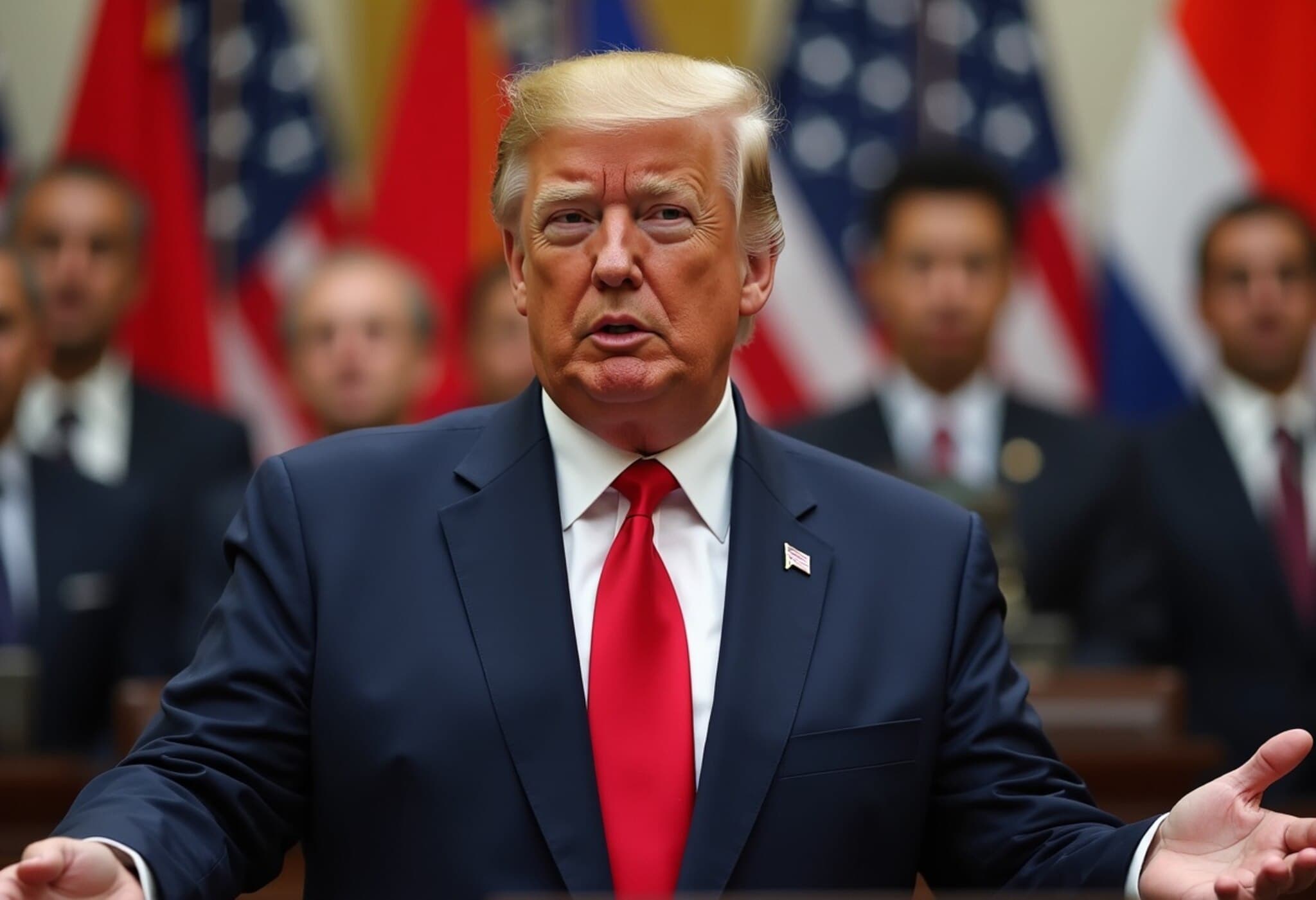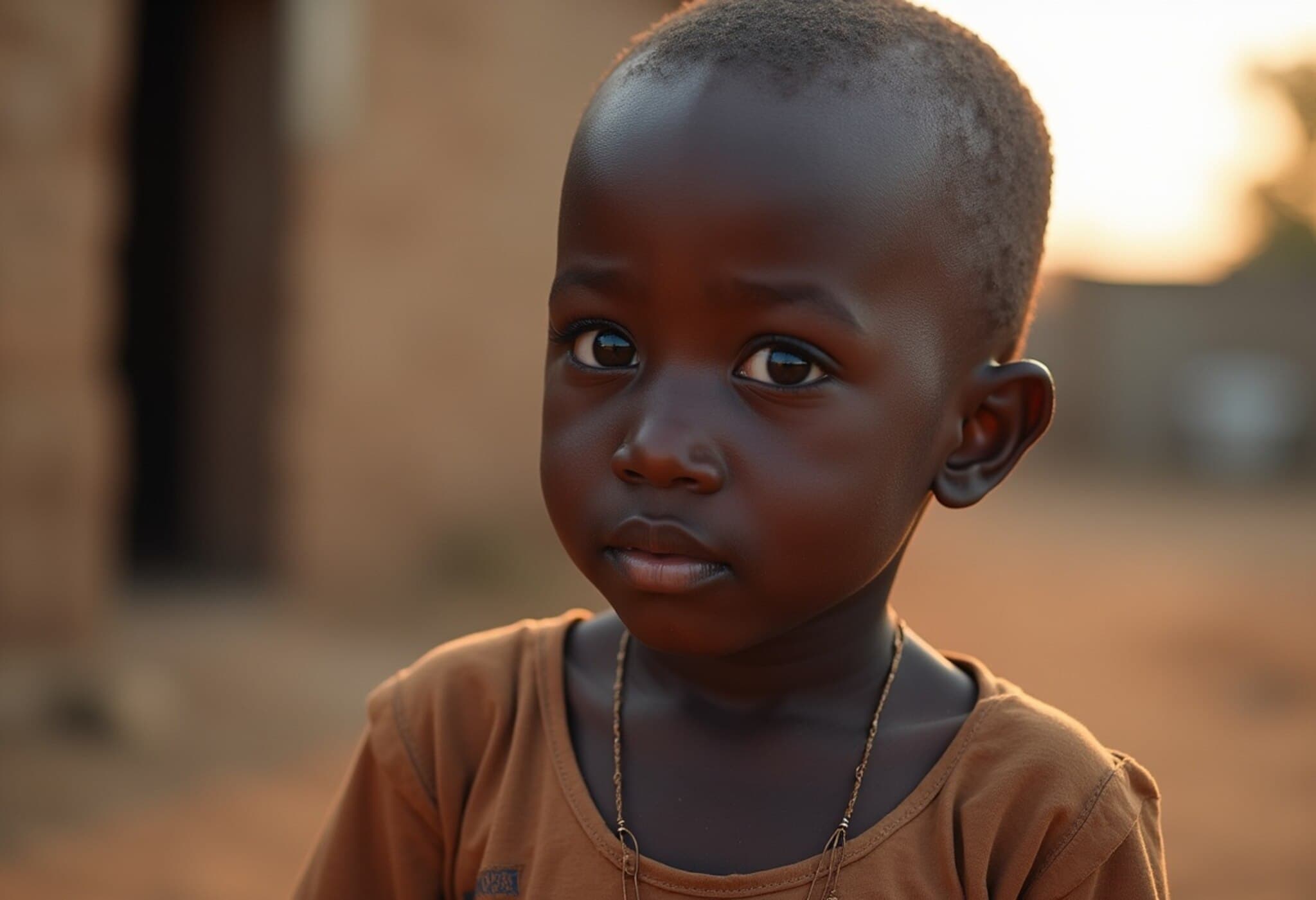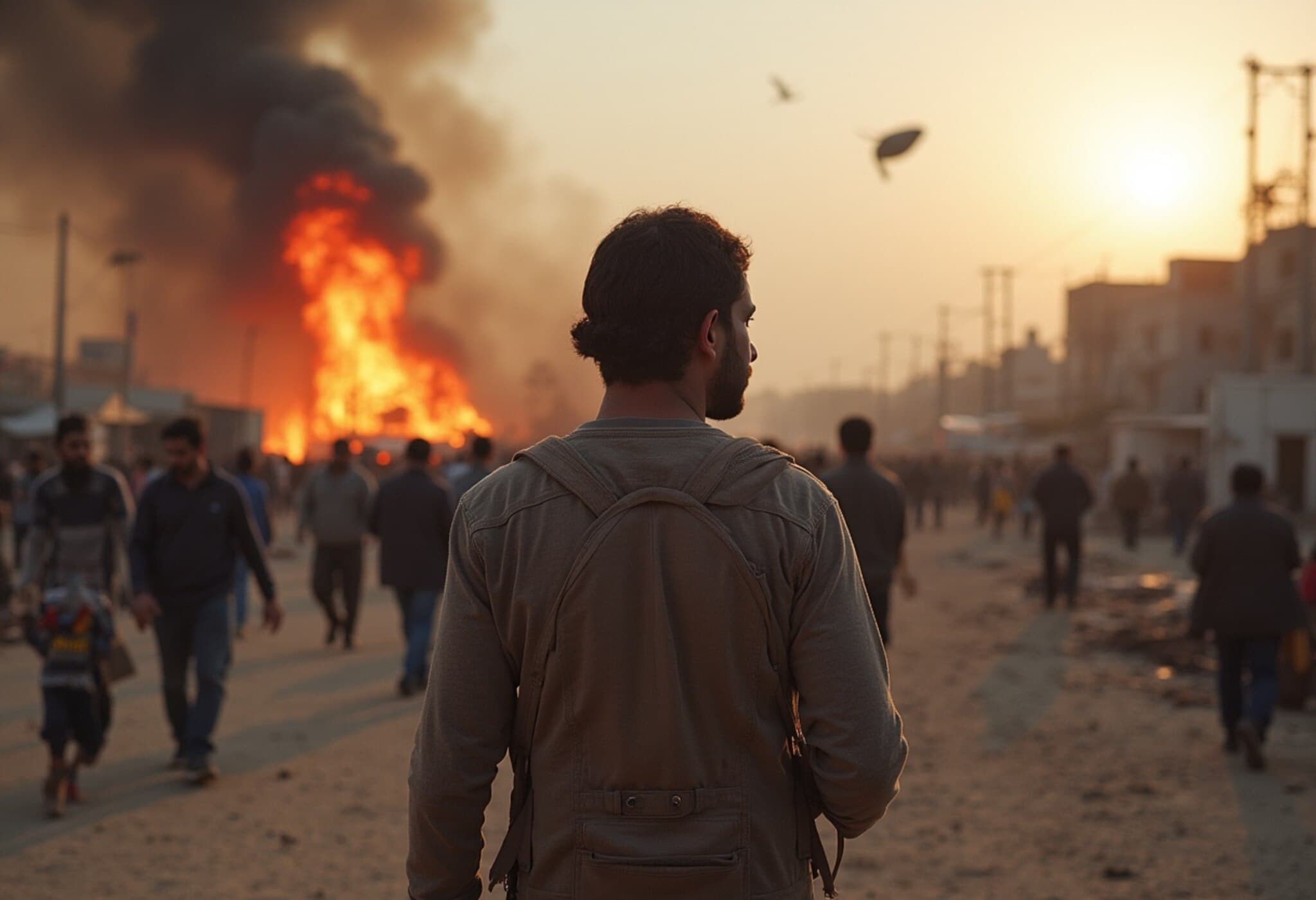Deadly Skirmishes Ignite on Thailand-Cambodia Border
On July 25, 2025, tensions along the Thailand-Cambodia border erupted violently, marking the deadliest conflict between the neighboring countries in more than a decade. The confrontation saw intense artillery barrages and rocket fire, resulting in the tragic death toll of at least 15 people, including 14 civilians in Thailand and one civilian in Cambodia. The aggression has displaced over 120,000 residents, compelling swift governmental actions and international concern.
The Trigger: What Sparked Friday's Escalation?
Hostilities intensified suddenly across 12 contested border points, doubling engagements from the previous day. According to Rear Admiral Surasant Kongsiri of the Thai military, Cambodian forces employed heavy weaponry relentlessly, prompting Thai troops to respond in kind.
The conflict escalated further with Thailand deploying an F-16 fighter jet to conduct airstrikes on Cambodian positions after accusing Cambodian troops of launching rocket attacks targeting Thai civilian settlements. Meanwhile, Cambodian authorities blamed Thailand for instigating the violence.
Thailand’s acting Prime Minister Phumtham Wechayachai remarked, “We are currently combating with heavy weapons to defend our sovereignty. This aggression risks spiraling into a full-fledged war, but for now remains a severe military altercation.”
Ceasefire Breakdown and Diplomatic Impasse
A ceasefire proposal, brokered by Malaysian Prime Minister and ASEAN chair Anwar Ibrahim, initially received welcome signs from both sides. However, Cambodian Prime Minister Hun Manet accused Thailand of backing out, calling the reversal “regrettable” and emphasizing that peaceful resolution hinges on Thai cooperation.
The Thai Foreign Ministry countered, emphasizing that although they agreed to a ceasefire in principle, it must be contingent on the cessation of Cambodian military assaults. They accused Cambodian forces of persisting with indiscriminate attacks that imperil civilians, spotlighting the delicate conditions on the ground.
Escalating Humanitarian Crisis
The fallout has been devastating. Thailand’s Ministry of Public Health confirmed the evacuation of nearly 138,000 people from border provinces, with casualties including a heartbreaking loss of an eight-year-old child. Cambodian authorities released fewer statistics but acknowledged displacement of around 1,500 families in Oddar Meanchey province.
Preah Vihear province saw evacuations of roughly 20,000 Cambodians, while Thailand opened over 300 shelters accommodating thousands fleeing conflict zones. Eyewitness accounts reveal the violence as some of the fiercest in decades, recalling memories of the late 1970s Khmer Rouge era upheaval.
International Reactions and Stakes
The United Nations Security Council is poised to convene an emergency session to address the border crisis, highlighting the conflict’s potential to destabilize the broader Southeast Asian region.
The United States, a key strategic partner of Thailand, called for an immediate halt to hostilities, underscoring the human toll and regional security concerns. Meanwhile, China—Cambodia’s important ally—expressed deep concern and urged calm dialogue. Chinese Foreign Minister Wang Yi reflected on the historical complexities, pointing to lingering colonial-era legacies as underlying factors requiring careful resolution.
Beijing also offered to mediate efforts to ease tensions, illustrating the geopolitical dimensions of this localized but internationally significant dispute.
Historical Context: The Roots of the Dispute
The contentious border dates back to a 1907 map drawn during French colonial rule, which Cambodia uses as a legal basis to claim disputed territories. Thailand contests the map’s validity, leading to long-standing ambiguity over sovereign boundaries.
This year alone has seen increased friction, triggered by a deadly skirmish in May and a recent landmine blast injuring a Thai soldier. Friday’s confrontations mark the most severe eruption of violence since 2011, when similar clashes caused multiple deaths and massive displacement.
What Lies Ahead?
As frustrations mount, the collapse of diplomatic talks raises urgent questions about the willingness of both governments to maintain peace and protect civilians. The growing humanitarian crisis demands immediate attention, while the longstanding border dispute calls for sustainable conflict resolution mechanisms grounded in trust and mutual respect.
Experts warn that without transparent negotiations and credible ceasefire enforcement, the risk of prolonged instability looms, threatening not only bilateral relations but also ASEAN’s cohesion and regional security.
Editor’s Note
The Thailand-Cambodia border clashes underscore the fragile nature of historical disputes exacerbated by nationalism, territorial pride, and geopolitical influences. Beyond the immediate violence, this crisis reveals how colonial legacies continue to fuel modern conflicts. While ceasefire attempts signal a pathway to peace, their breakdown highlights deep mistrust. Observers and policymakers must pay close attention to humanitarian needs on the ground and invest in diplomatic frameworks that transcend old grievances. In an increasingly interconnected region, lasting stability hinges on collaboration, credible dialogue, and respect for international norms.

